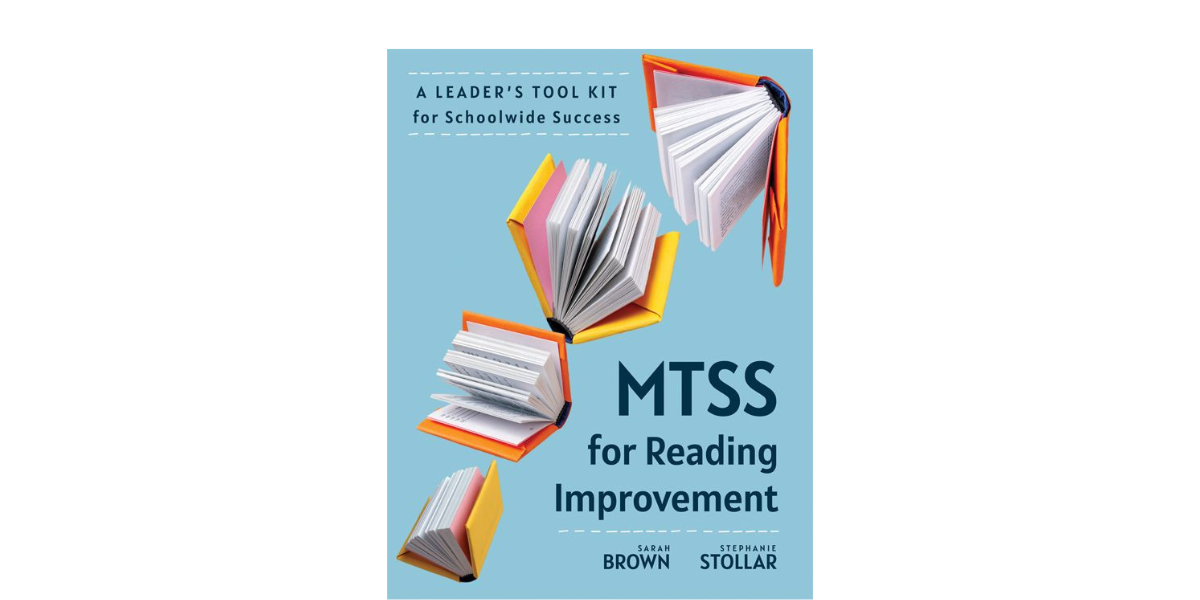Assessment Terms Defined

Have you ever heard someone say they hate standardized tests? Or that schools are doing too much standardized testing?
The term “standardized test” is used to lump together all types of group-administered achievement measures given in schools.
Often, the term “standardized test” is confused with the term “norm-referenced” test, although these are two different aspects of assessment.
Standardized Tests
Standardized tests are given and scored according to standard procedures, typically outlined in an assessment manual. Standardized procedures allow each student to be compared to every other student who was tested under the same conditions. Training is typically needed to learn to give and score the test according to the standard conditions.
Norm-Referenced Tests
The term “norm-referenced” has nothing to do with the way a test is given and scored, but instead refers to the way test scores are interpreted.
In norm-referenced testing, student scores are interpreted relative to other students who took the test. Individuals are compared to the other students, in their local district or nationally, who also took the same test. Norm-referenced scores are typically reported as percentiles or percentile ranks.
Norm-referenced tests answer the question: How did this student score compared to others around the country who took the same test?
Criterion-Referenced Tests
A different frame of reference for interpreting test scores is called “criterion-referenced” interpretation. Criterion-referenced tests compare student performance to an absolute standard that predicts reaching a future goal. The standard doesn’t change based on the characteristics of the norming sample. This is particularly useful for universal screening.
Criterion-referenced tests answer the question: Did the student score enough to be on track for future reading outcomes?
Individually-Referenced Tests
Individually-referenced interpretation is particularly useful when it comes to implementing RtI or MTSS models in which decisions are based on student growth. Individually-referenced tests examine individual student performance over time. In other words, students are compared to their own past performance.
Individually-referenced tests answer the question: How is the student doing now compared to how they were doing previously?
An Example
Acadience Reading K-6 is a standardized test that can be interpreted from a norm-referenced, criterion-referenced, or individually referenced perspective. The Acadience Reading benchmark goals are a set of research-based, criterion-referenced target scores that define the minimum expectation or cut point. The benchmark goal defines the minimum score, above which students are predicted to meet future reading expectations, and below which students are unlikely to reach future reading expectations without instructional support. The benchmark goals provide a criterion-referenced interpretation of student performance.
However, scores on Acadience Reading also can be interpreted in a norm-referenced way, showing student performance relative to district and/or national norms. When Acadience Reading is used for ongoing progress monitoring, the scores are interpreted in an individually-referenced way.
Summary
“Standardized” refers to the way a test is given and scored.
“Norm-referenced” refers to how a score is interpreted.
Norm-referenced tests should be standardized.
But standardized tests can be interpreted in a norm-referenced, criterion-referenced, or individually-referenced way.

Dr. Stephanie Stollar is the founder of Stephanie Stollar Consulting LLC and the creator of The Reading Science Academy. She is a part-time assistant professor in the online reading science program at Mount St. Joseph University, and a founding member of a national alliance for supporting reading science in higher education.
You can follow Stephanie Stollar Consulting and the Reading Science Academy on Facebook, YouTube, Twitter, Instagram and LinkedIn, and contact her at [email protected].
⭐️ Get Dr. Stollar's free resources on the science of reading here! →


